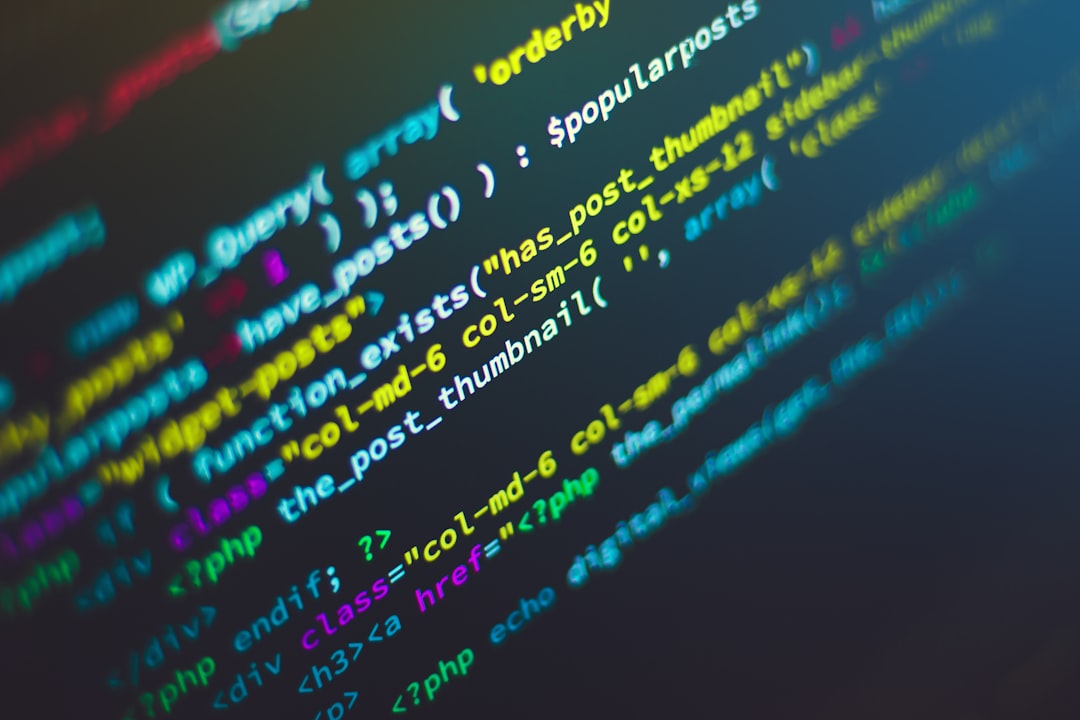What is it about?
Machine translation (MT) is an important task in natural language processing (NLP), as it automates the translation process and reduces the reliance on human translators. With the resurgence of neural networks, the translation quality surpasses that of the translations obtained using statistical techniques for most language-pairs. Up until a few years ago, almost all of the neural translation models translated sentences independently, without incorporating the wider document-context and inter-dependencies among the sentences. The aim of this survey article is to highlight the major works that have been undertaken in the space of document-level machine translation after the neural revolution, so researchers can recognize the current state and future directions of this field.
Featured Image

Photo by Edurne Chopeitia on Unsplash
Why is it important?
We have provided an organization of the literature on Document-level Neural Machine Translation based on novelties in modelling and architectures as well as how to train or decode from such models. In addition, we covered evaluation strategies that have been introduced to account for the improvements in document MT, including automatic metrics and discourse-targeted test sets. Finally, we present possible avenues for future exploration in this research field.
Perspectives
This survey presents a resource to highlight different aspects of the literature in document-level machine translation. We hope it makes it easier for researchers to take stock of where this research field stands and identify the accomplishments and avenues for future research to further flourish it
Sameen Maruf
Monash University
Read the Original
This page is a summary of: A Survey on Document-level Neural Machine Translation, ACM Computing Surveys, March 2022, ACM (Association for Computing Machinery),
DOI: 10.1145/3441691.
You can read the full text:
Contributors
The following have contributed to this page










